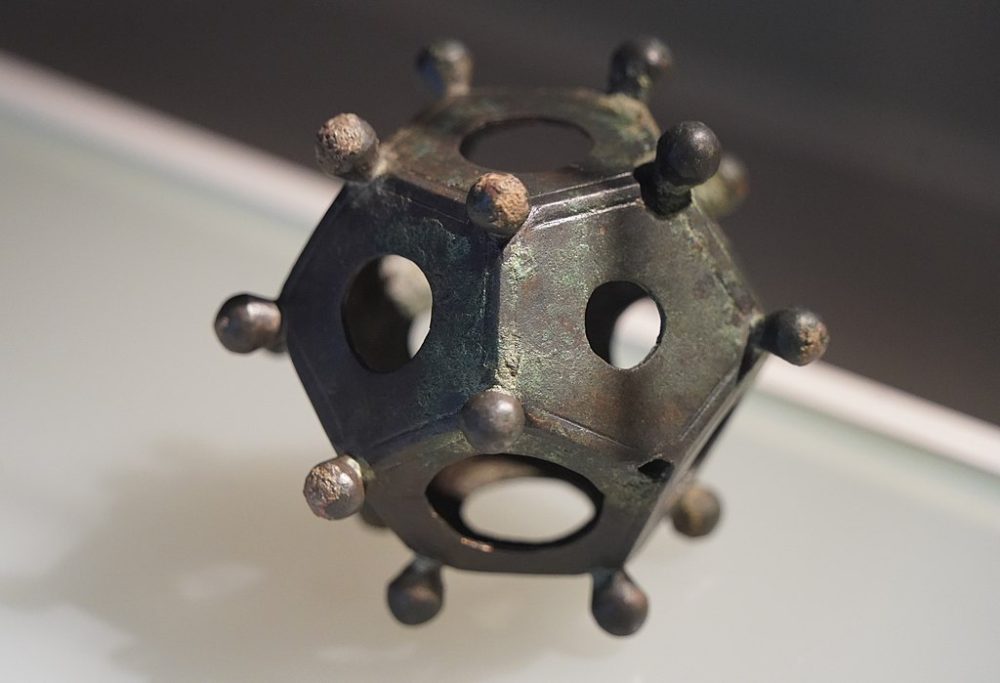Found All Over Europe, But Never in Rome
Others are reading now
Historians are always looking for new clues on things from the past that we don’t fully understand, revisiting old mysteries that haven’t been solved.
One of the biggest unsolved puzzles from the Roman Empire is a strange object known as the Roman dodecahedron.
These dodecahedrons are small hollow objects made of bronze or stone, writes El Economista. They have 12 flat sides, and each side is shaped like a pentagon.
The first one was found in England in 1739. Since then, dozens more have been discovered across Europe.
They have shown up in places like France, Germany, Switzerland, Hungary, and Austria. But strangely, none have ever been found in Italy. A key part of the Roman empire.
Also read
A Weapon, Toy or Tool? Or Something Else Entirely?
Experts believe they were made sometime between the second and fourth centuries.
Even after studying them for years, no one knows for sure what they were used for. Over 50 different theories have been suggested.
Some people think they were used as weapons. Others believe they were toys, tools, or decorations. Some even think they may have been used to measure distance or time.
Most of what we know comes from looking at their shape. Each dodecahedron has 20 points where the edges meet.
They range from 4 to 10 centimeters in size. They usually weigh less than half a kilogram. None of them have any writing or markings.
Also read
Curious Place of Discovery
What makes them even more confusing is where they’ve been found. Some were discovered in tombs. Others turned up in garbage dumps or hidden in treasure hoards. There’s no clear pattern.
One of the more popular theories is based on ancient beliefs. In many early cultures, shapes and symbols were connected to the universe or to gods.
Some scholars think the dodecahedron may have had a spiritual meaning. It may have represented the universe or been used as a kind of protective charm.
In 1966, one dodecahedron was found in Germany with a small bone stick beside it.
That discovery raised the idea that it may have been part of a staff or scepter. But for now, the true purpose of the Roman dodecahedron remains a mystery.


